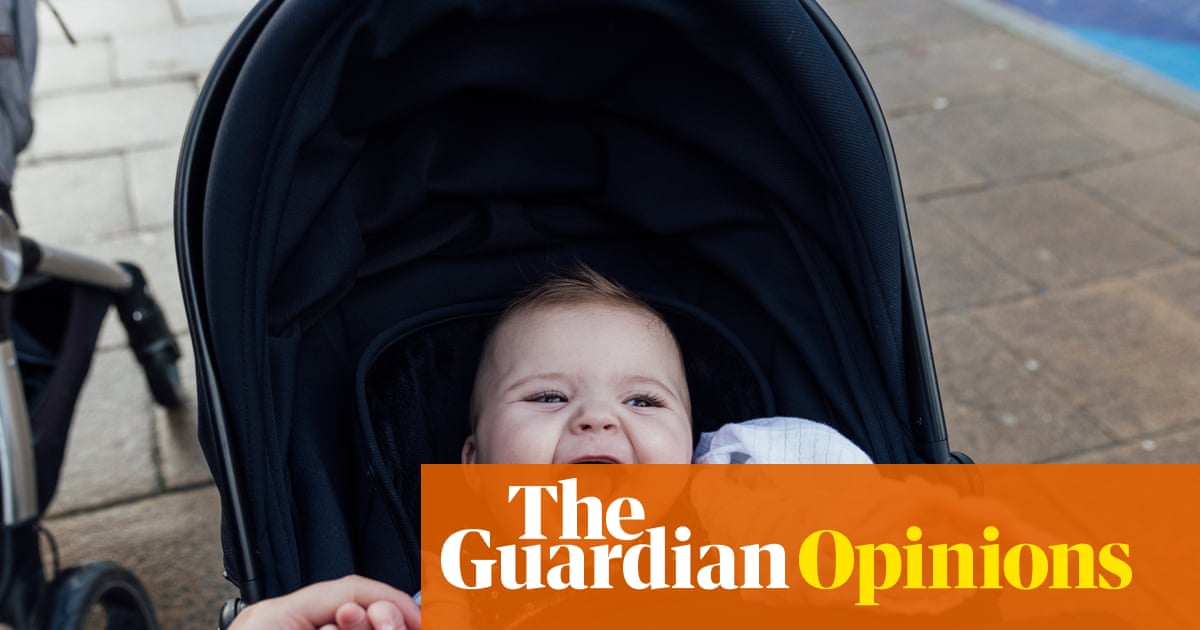
"I just smiled at a middle-aged woman on a pushbike, and she looked at me as if to say, do we know each other?, and I thought, good point, we don't know each other, why am I smiling? That was a straight solidarity smile you are on a bike, I also have a bike. I wouldn't just smile willy-nilly at anyone the same age as me, they would have to be doing something that not all of us do: vaping; cycling; whistling."
"I'll always smile at a baby in a pram, but I won't smile at the mum, because I remember how much I used to hate it when people assumed that, just because I had a baby, it meant I was nice. You've already lost so much identity, so fast. I will, however, smile at a dad, because if he's pushing a pram, he's pulling his weight."
Smiles are offered as selective social signals tied to perceived commonality, action, or role. Solidarity smiles occur between people who share visible traits or activities, such as cycling. Babies in prams receive smiles, while mothers often do not, because assumptions about niceness erase identity. Fathers pushing prams earn smiles as visible contributions to childcare. Young couples, uniformed individuals, dog owners, and very old people receive smiles for presumed gaiety, authority, companionship, or historical norms of politeness. Teenagers who push each other are excluded. Smiling behavior is calibrated by assumptions about social roles, responsibility, and vulnerability.
Read at www.theguardian.com
Unable to calculate read time
Collection
[
|
...
]